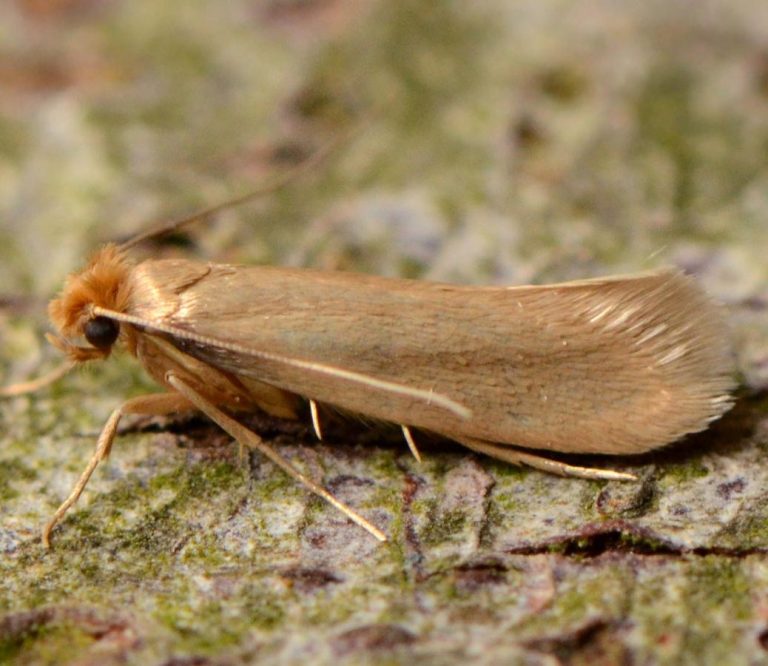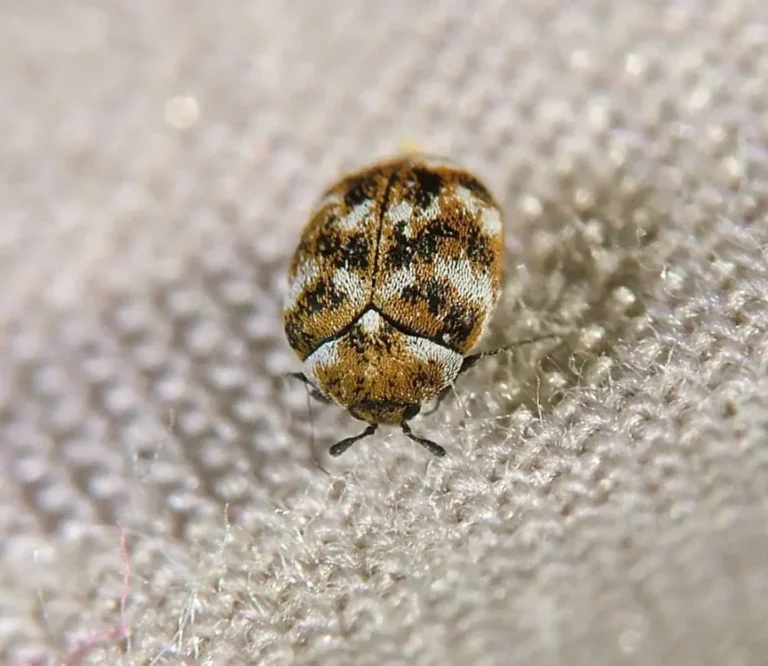Textile pests
'Textile pests' is a term given to a variety of moth and beetle species that feed on the natural protein 'Keratin'. This protein can be found in any animal derived such as hair, silk, leather and wool. The adult stage of these insects don't cause any damage and their main purpose is to mate. It is the Larvae stage of these insects that cause damage to items such as clothing and carpets as they consume the Keratin contained within. If left untreated, these pest species can cause significant damage to valuable items.
Signs of a textile pest infestation
Common signs of an infestation include:
.Live or dead adults: A sure sign of any textile pest infestation is the sighting of live or dead adults. Please see section below helping to identify which species you may have.
. Damaged items: Patches in carpets or holes in clothing are a common sign of textile pest activity. Areas most affected are those that are covered and left undisturbed for long periods of time.
.Larvae silk cases: Both the Common Clothes Moth and the Case - Bearing Clothes Moth larvae create tunnels from silk and other materials. These are used to help provide camouflage for the larvae. Once the larvae pupate, these tunnels are left disgarded and can often be visible.



Moth Species of textile pest
The most common moth species to be found include:
.Common Clothes Moth (Tineola bisselliella): A golden/straw coloured moth in appearance, these moths are around 6-8mm in length. The larvae are around 10mm in length and are creamy coloured with a brown head. The larvae spin tunnels of silk and other materials to provide camouflage during the day. At night, they emerge to feed.
. Case - Bearing Clothes Moth (Tinea pellionella): Adults have silver grey-brown coloured wings which are held roof like behind the body. Both fore and hind wings have a fringe of hairs along the margins. The forewings are brown with one large dark spot and two smaller dark spots, although these often rub off on older specimens. Adults are around 6-8mm long. Larvae are around 9-16mm long with the head coated in grey hairs. Case - bearing clothes moth larvae also create a tunnel of silk and other materials, however, unlike the Common Clothes Moth, they carry their tunnel with them.
Other species of textile moths include the Brown House Moth (can be associated with stored products too) and the White-Shouldered House Moth.


Beetle Species of textile pest
The most common beetle species to be found include:
.The Varied Carpet Beetle (Anthrenus Verbasci): Adult beetles are around 1.5-3.5mm in length with a rounded shape and wing cases, very much like a 'Ladybird'. The beetles are covered with white, golden-yellow and black scales. The antennae are clubbed, with the three top antennal segments forming the club and the two bottom segments also bulged. The larvae of this species are known as 'Wooly bears' due to their characteristic tuffs of hair growing backwards. These hairs can often cause skin irritation.
.The Fur Beetle/Two-spot Carpet Beetle (Attagenus Pellio): The adult is a beetle with an elongated oval body, 4.5-6 mm long, very dark brown to black with two white spots on the wing cases. Adults are aorund 4.6-6mm in length, with the Females larger than the Males.
The larva of the two-spot carpet beetle is up to 6.5 mm long when fully developed, torpedo-shaped, tapering from head to the end of abdomen, which continues with two long orange tufts of hair.
.The Brown Carpet Beetle (Attagenus Smirnovi): Adults have oval bodies 2-5 mm long and 2-2.5 mm wide, with a black base colour and dense hairs giving brown to reddish-yellow elytra (wing cases). The larva of the brown carpet beetle is up to 8mm long when fully developed, torpedo-shaped, tapering from head to the end of abdomen, which continues with two brush-shaped tufts of hair.





